How to Bridge the Gap Between Business and IT?
Last updated: December 01, 2022 Read in fullscreen view
- 29 Nov 2021
 Memorandum of Understanding (MOU) for Partnership Agreements 7/470
Memorandum of Understanding (MOU) for Partnership Agreements 7/470 - 20 Jan 2022
 TIGO Self-Organization Practice: Change Management Workflow 6/430
TIGO Self-Organization Practice: Change Management Workflow 6/430 - 08 Nov 2022
 4 tips for meeting tough deadlines when outsourcing projects to software vendor 6/254
4 tips for meeting tough deadlines when outsourcing projects to software vendor 6/254 - 01 Sep 2022
 Facts Chart: Why Do Software Projects Fail? 6/540
Facts Chart: Why Do Software Projects Fail? 6/540 - 16 Jun 2022
 Rapid Application Development (RAD): Pros and Cons 5/800
Rapid Application Development (RAD): Pros and Cons 5/800 - 01 Jan 2024
 The pros and cons of the Centralized Enterprise Automation Operating model 4/165
The pros and cons of the Centralized Enterprise Automation Operating model 4/165 - 06 Mar 2021
 4 things you need to do before getting an accurate quote for your software development 4/615
4 things you need to do before getting an accurate quote for your software development 4/615 - 20 Jan 2021
 Fail early, fail often, fail cheap, fail safe but always fail forward 3/688
Fail early, fail often, fail cheap, fail safe but always fail forward 3/688 - 16 Apr 2021
 Insightful Business Technology Consulting at TIGO 3/376
Insightful Business Technology Consulting at TIGO 3/376 - 20 Dec 2021
 What is Hybrid Mobile App Development? 3/313
What is Hybrid Mobile App Development? 3/313 - 06 Dec 2024
 Steps For Integrating Sustainable Practices Into Business Operations 3/114
Steps For Integrating Sustainable Practices Into Business Operations 3/114 - 09 Mar 2022
 Consultant Implementation Pricing 3/184
Consultant Implementation Pricing 3/184 - 16 Feb 2021
 Choose Outsourcing for Your Non Disclosure Agreement (NDA) 3/150
Choose Outsourcing for Your Non Disclosure Agreement (NDA) 3/150 - 02 Dec 2022
 Success Story: Satsuki - Sales Management Software, back office app for School Subscription Management 2/219
Success Story: Satsuki - Sales Management Software, back office app for School Subscription Management 2/219 - 10 Apr 2021
 RFP vs POC: Why the proof of concept is replacing the request for proposal 2/254
RFP vs POC: Why the proof of concept is replacing the request for proposal 2/254 - 02 Nov 2021
 [Case Study] Streamlined Data Reporting using Tableau 2/276
[Case Study] Streamlined Data Reporting using Tableau 2/276 - 07 Jul 2021
 The 5 Levels of IT Help Desk Support 2/380
The 5 Levels of IT Help Desk Support 2/380 - 11 Nov 2021
 What is an IT Self-service Portal? Why is it Important to Your Business? 2/364
What is an IT Self-service Portal? Why is it Important to Your Business? 2/364 - 07 Nov 2022
 Why Design Thinking can save the outsourcing industry 2/168
Why Design Thinking can save the outsourcing industry 2/168 - 07 Oct 2022
 Digital Transformation: Become a Technology Powerhouse 1/216
Digital Transformation: Become a Technology Powerhouse 1/216 - 13 Feb 2021
 Why is TIGOSOFT a software house for Enterprise Application Development? 1/336
Why is TIGOSOFT a software house for Enterprise Application Development? 1/336 - 01 May 2023
 CTO Interview Questions 1/296
CTO Interview Questions 1/296 - 28 Oct 2025
 The Future of Real Estate: Key Trends and Essential Lessons in Digital Transformation 1/10
The Future of Real Estate: Key Trends and Essential Lessons in Digital Transformation 1/10 - 03 Apr 2021
 How digital asset management streamlines your content workflow? 1/312
How digital asset management streamlines your content workflow? 1/312 - 30 Oct 2022
 How Much Does MVP Development Cost in 2023? 1/170
How Much Does MVP Development Cost in 2023? 1/170 - 09 Feb 2023
 The Challenge of Fixed-Bid Software Projects 1/191
The Challenge of Fixed-Bid Software Projects 1/191 - 20 Nov 2022
 Software Requirements Are A Communication Problem /233
Software Requirements Are A Communication Problem /233 - 03 Sep 2022
 The secret of software success: Simplicity is the ultimate sophistication /186
The secret of software success: Simplicity is the ultimate sophistication /186 - 06 Nov 2023
 How do you streamline requirement analysis and modeling? /184
How do you streamline requirement analysis and modeling? /184 - 17 Mar 2025
 IT Consultants in Digital Transformation /62
IT Consultants in Digital Transformation /62 - 10 Jul 2025
 Building AI-Driven Knowledge Graphs from Unstructured Data /111
Building AI-Driven Knowledge Graphs from Unstructured Data /111 - 01 Mar 2023
 How do you deal with disputes and conflicts that may arise during a software consulting project? /145
How do you deal with disputes and conflicts that may arise during a software consulting project? /145 - 21 Jun 2021
 6 Useful Tips To Streamline Business Processes and Workflows /515
6 Useful Tips To Streamline Business Processes and Workflows /515 - 03 Nov 2022
 Top questions and answers you must know before ask for software outsourcing /264
Top questions and answers you must know before ask for software outsourcing /264 - 07 Aug 2022
 Things to Consider When Choosing a Technology Partner /249
Things to Consider When Choosing a Technology Partner /249
Requirements gathering is one of the most challenging stages in software development. Beyond the (already demanding) need to understand the business, its needs, and its goals, the development team sometimes has to deal with opposing views and disagreements over the project ahead. What’s more, my experience has shown me that people often present certain resistance to radically changing what they already have.
Thus, a rift sometimes appears between the business and the IT—all because of the impossibility to agree on the project requirements. That’s the true challenge the development team has to overcome: not just understanding the business but convincing its executives that the solution the engineers are imagining is the best way to go.
Is it possible to do that? Of course! But how can a team bridge the gap between what the business wants and what they actually need? That needs a little more explanation.
The Key Role
Up until now, I’ve discussed just 2 parts of the project: the business that needs to develop a tech solution and the engineering team that will turn that solution into a reality. It’s easy to see both of those parts having trouble discussing how the project should go. The business part knows its goals and processes but doesn’t have the technical know-how. For its part, the IT team knows all about development but might lack the capacity to understand the business side of things.
That 2-part model is obviously lacking an articulation of sorts. That’s precisely what a business analyst (BA) does. This role focuses on analyzing the business and its processes through the lens of data analytics. By doing that, this expert can better define the requirements of the project, mainly because they can identify the improvement opportunities to provide data-driven recommendations on how to act on them.
Thus, the business analyst becomes a key role in bridging the gap between businesses and IT teams, as their suggestions provide a clearer path forward for the development. Naturally, this doesn’t mean that having a BA on the team is enough for the requirements-gathering stage to be successful. There are a set of considerations that business analysts have to take into account to guarantee success.
Effectively Communicating Requirements
As you can imagine, collecting the requirements and effectively conveying them to the development team takes more than just documenting them. It’s all about effective communication, which takes more than just making a list of requirements. The analysis of the BA should also include complementary documents that better show how they think the solution should be.
Thus, the BA can build a series of artifacts from what they gather from the business that will surely help the IT team in grasping the direction they should be heading. These artifacts include:
- Data models. A data model is an abstract organization of the elements present in the solution along with the relationships between them. Thus, this model shows the structure of the data and provides a glimpse into the components of the solution. For instance, a data model can include the different features, the processes they serve, and their hierarchy, among other things.
- UI mock-ups. If data models show the structure of the solution on a more abstract level, then UI mock-ups are a more down-to-earth representation of the relationship and the hierarchy of the features and elements of a solution. Basically, a UI mock-up can show buttons, menus, and navigation data that can help engineers understand how to put it all together.
- Process flows. Showing how a process should work is also among the BA’s objectives. Thus, they can use process flows to illustrate how different events are linked and describe the different steps of a particular process (such as loading new data into the solution). While these aren’t necessary for all projects, complex systems can definitely benefit from these flows.
These and any other artifacts the BA might come up with are essential to effectively communicating the requirements to the development team. In fact, the final goal of the BA is to act as the best possible liaison, something they can only achieve by using all the tools at their disposal.
Beyond the Requirements Stage
As if their work during the requirements-gathering phase weren’t enough, business analysts can also serve other purposes once the development is underway and even once the solution is live.
On one hand, the BA can provide assistance to quality assurance engineers when they are designing tests. That’s because BAs can assess whether the proposed testing aligns with what the business wants from the solution.
On the other hand, the business analyst can also become a supportive role in production. How? By examining how users are working with the solution, which allows them to pinpoint improvement opportunities that no one could have envisioned before. This can lead to countless optimizations based on the BA’s suggestions.
As you can see, a business analyst is a great asset for any development team because they bridge the gap between the business and the IT department not only in the requirements-gathering stage but also beyond that. As such, a good BA is definitely an essential part of any successful development plan and a critical link between both parts.







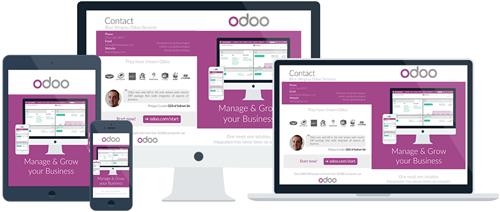


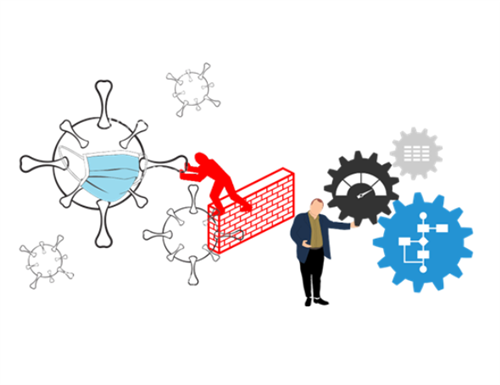



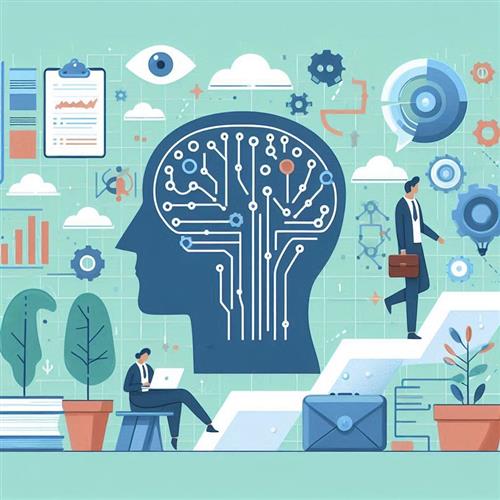
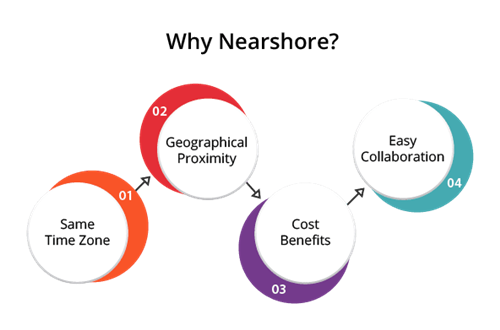



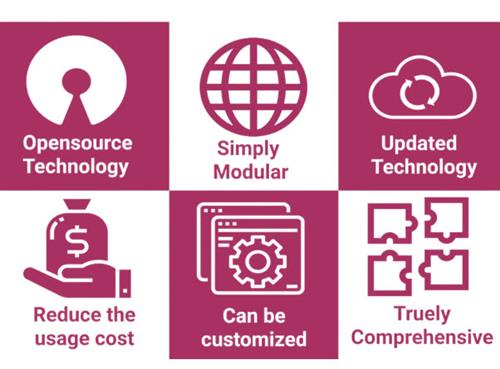

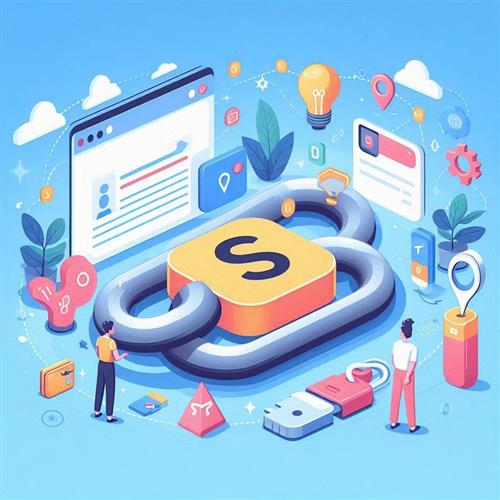













 Link copied!
Link copied!
 Recently Updated News
Recently Updated News